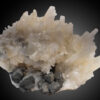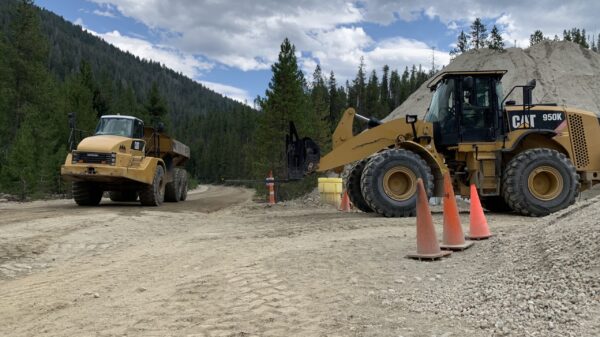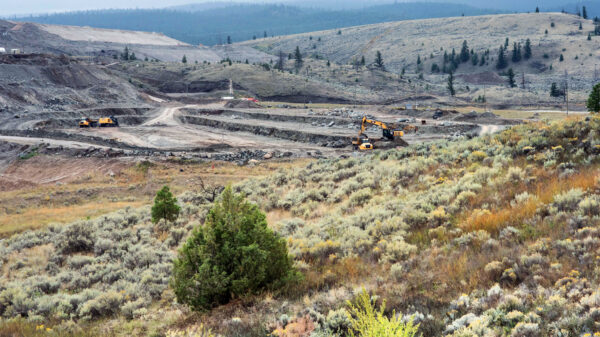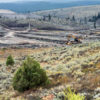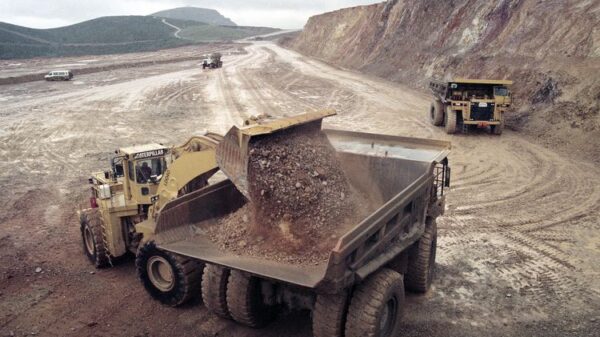Vizsla Silver Corp. (TSE: VZLA) (NYSE: VZLA) (Frankfurt: 0G3) discovered high grade silver intervals at its flagship Panuco silver-gold project in Mexico.
The company announced the new discovery on Monday. Additionally, the company discovered several intervals in a broader envelope of precious metals mineralization.
The Animas vein system lies approximately six kilometres northeast of the Copala resource area along a reactivated northwest- to west-northwest-trending normal fault that dips southwest. Hosting the largest number of historical workings, the system includes the Rosarito and Cuevillas veins, which hold a current inferred resource of 7.01 million ounces of gold equivalent (Moz AgEq).
Animas extends over a mapped strike length of more than 7.2 km, running from the San Carlos mine in the southeast to the claim boundary in the northwest.
Miners have exploited ten main mineralized shoots along this corridor down to the present water table, with the earliest known workings dating back to the 1500s. Furthermore, historical records indicate that the corridor continues beyond the San Carlos mine in the southeast.
Using LiDAR and satellite imagery, Vizsla geologists have interpreted that the Animas structural trend extends further south into the recently acquired San Enrique prospect.
“This new discovery underscores the strong potential for new wide, high-grade silver and gold mineralization in the Panuco district, which has historically seen limited systematic exploration,” said Michael Konnert, president and CEO of Vizsla Silver.
Read more: Callinex Mines finds new polymetallic drill targets in Manitoba
Read more: First Mining Gold and First Majestic Silver amend five year old purchase agreement
Vizsla drilled hole to test telescope hypothesis
In late 2024, Vizsla launched its fully funded +10,000-metre exploration drill program to test multiple veins in five high-priority target areas: Camelia-San Dimas, Animas-Triunfo, Galeana, San Fernando-Nacaral, and Jesusita-Palos Verdes.
As part of this program, the company also drilled Hole AM-25-90 at the La Pipa target along the Animas vein system.
In 2019, Starling conducted structural interpretations that, along with further analysis by Vizsla geologists, suggested that Animas formed along a reactivated Laramide-age fault zone that flattens at depth.
Some highlights from the recent find include:
- AM-25-90 returned 897 grams per tonne (g/t) silver equivalent (AgEq) over 5.85 metres true width (mTW) (653 g/t silver, 4.26 g/t gold, 0.02 per cent lead and 0.04 per cent zinc)
- Including 1,379 g/t AgEq over 1.31 mTW (1,190 g/t silver, 4.00 g/t gold, 0.02 per cent lead and 0.04 per cent zinc)
- And 2,256 g/t AgEq over 1.13 mTW (1,398 g/t silver, 14.10 g/t gold, 0.04 per cent lead and 0.09 per cent zinc)
- And 568 g/t AgEq over 2.60 mTW (457 g/t silver, 2.00 g/t gold, 0.08 per cent lead and 0.18 per cent zinc)
- Including 1,000 g/t AgEq over 1.09 mTW (814 g/t silver, 3.42 g/t gold, 0.11 per cent lead and 0.24 per cent zinc)
Vizsla’s geologists further interpret that silver and gold mineralization may be telescoped, a common feature in Mexican epithermal vein systems, and that high-grade mineralized shoots could repeat or reopen at depth. To test this hypothesis, Vizsla drilled Hole AM-25-90, which successfully confirmed the reappearance of broad high-grade mineralization at depth.
Read more: New Found Gold shares drop 28% as new mineral resource estimate is announced
Read more: Equinox Gold acquires Calibre Mining for $2.6B
Viszla announced updated mineral resource estimate for Panuco
The newly consolidated Panuco silver-gold project, an emerging high-grade discovery, lies in southern Sinaloa, Mexico, near the city of Mazatlán. Covering 7,189.5 hectares, this past-producing district features over 86 kilometres of total vein extent, 35 kilometres of underground mines, as well as established roads, power, and permits.
The district hosts intermediate- to low-sulfidation epithermal silver and gold deposits, which formed due to siliceous volcanism and crustal extension during the Oligocene and Miocene. Continental volcanic rocks, mainly correlated to the Tarahumara Formation, serve as the primary host rocks.
In January, the company announced an updated mineral resource estimate for Panuco. It subsequently reported an in-situ combined measured and indicated mineral resource of 222.4 Moz AgEq and an in-situ inferred resource of 138.7 Moz AgEq.
.




